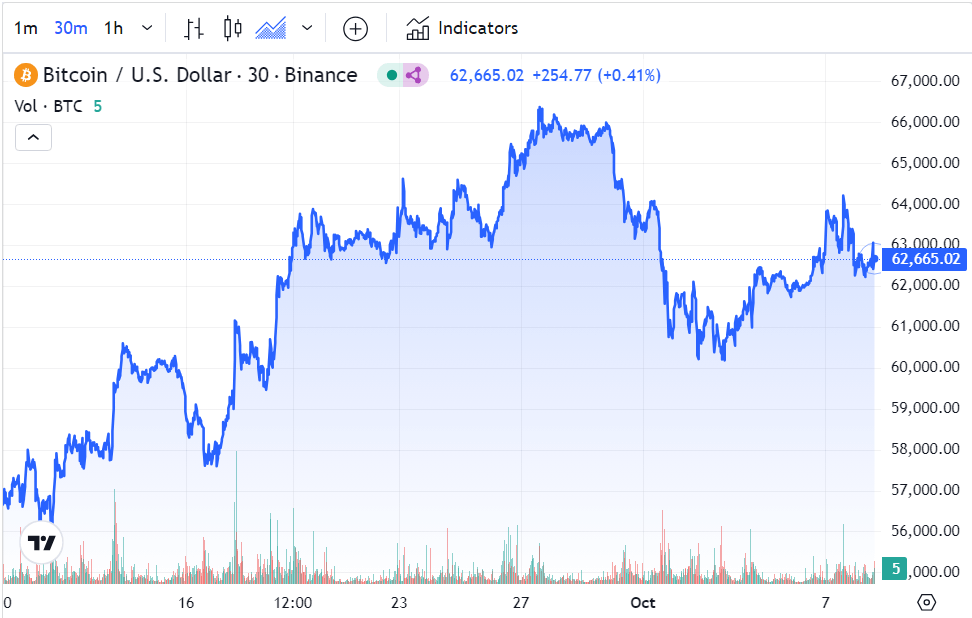- 28% of young wealthy investors are focusing on crypto investments
- A cautious mindset is what’s dominating young investors portfolio choices
- 76% of young investors remain skeptical of traditional investments
Young investors are holding more crypto investments compared to traditional equities, according to a report from the Bank of America (BoA).
In its 2024 Study of Wealthy Americans, the bank received responses from over 1,000 respondents with at least $3 million in investable assets and were at least 21-years-old.
The survey found that among younger investors – mainly Gen Z and Millennials – crypto and digital assets play a significant role in reshaping how America invests. BofA shows that these investors are focusing on real estate (31%), crypto and digital assets (28%), and private equity (26%).
Interestingly, 76% of young investors remain skeptical about traditional investments. They believe it’s no longer possible to achieve above-average investment returns by investing solely in traditional stocks and bonds.
On the flip side, those aged 44+ favor domestic equities (41%), real estate (32%), and emerging marketing equities (25%).
Katy Knox, president of Bank of America Private Bank, said that the investors are going through a “period of great social, economic and technological change alongside the greatest generational transfer of wealth in history.”
Cautious mindset
According to the survey, “the portfolio choices of younger people do suggest a perspective shift between the generations,” adding that while crypto is often compared to risk-averse investments such as gold, “it could be that a cautious mindset is what dominates some of these portfolio choices.”
And it’s the past that may be to blame for the cautious mindset of younger investors. For them, they’ve experienced two market crashes, which may have made them skeptical about investing in the stock market.
It’s because of this that they are looking beyond traditional stocks and bonds to build their wealth as they look to diversify their investments.
The post BofA survey: Young wealthy investors remain skeptical of stocks, crypto seen as better alternative appeared first on CoinJournal.

